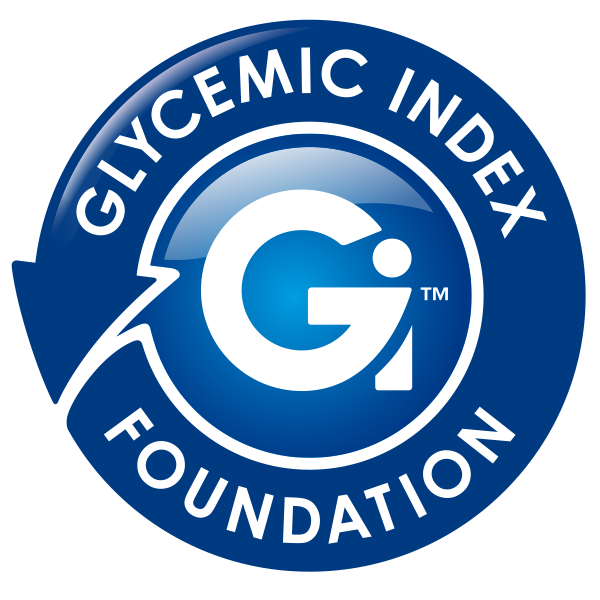Non-Communicable Diseases (NCDs) (i.e., cardiovascular diseases, diabetes, cancers), are the leading cause of death in the world with unhealthy diets and obesity classified as major risk factors. One of the dietary factors that has been extensively reviewed is the ‘quality’ of carbohydrates in the diet.
In July 2023, WHO published three new evidence informed guidelines including ‘Carbohydrate intake on Adults and Children‘ with particular focus on carbohydrate quality. WHO defines carbohydrate quality as ‘the nature and composition of carbohydrates in a food or in the diet, including the proportion of sugars, how quickly polysaccharides are metabolized and release glucose into the body (i.e., digestibility), and the amount of dietary fibre’.
The objective of the guideline is to provide guidance on carbohydrate intake and to be used by health professionals, programme managers, policy makers and other key stakeholders to promote healthy diets.
What are the new recommendations?
WHO recommends that carbohydrate intake for everyone 2 years of age and older should come primarily from whole grains, vegetables, fruits, and pulses.
Adults on intakes of vegetables and fruits: and fibre:
- Consume at least 400 grams of vegetables and fruits
Adults on intakes of naturally occurring dietary fibre:
- 25 grams of naturally occurring dietary fibre per day.
Children and adolescents on intakes of vegetables and fruits:
- 2–5 years old, at least 250 g per day
- 6–9 years old, at least 350 g per day
- 10 years or older, at least 400 g per day
Children and adolescence on intakes of naturally occurring dietary fibre:
- 2–5 years old, at least 15 g per day
- 6–9 years old, at least 21 g per day
- 10 years or older, at least 25 g per day.
For the complete guide on the updated WHO guideline click here.
Translating theory into practice:
To help clients adopt a low GI lifestyle for better health, find our easy-to-read fact sheets, tips, meal plans and recipes for clients to help them adopt a low GI lifestyle:
- A low GI starter kit
- Top tips for Low GI living
- Low GI meal plans and recipe collections
- A swap it tool that works our low GI options for you
And when you are at the supermarkets, look out for products with the Glycemic Index Foundation’s GI Symbol. The GI symbol is a simple shortcut to finding and choosing healthier, certified low GI products. You can find a list here.


